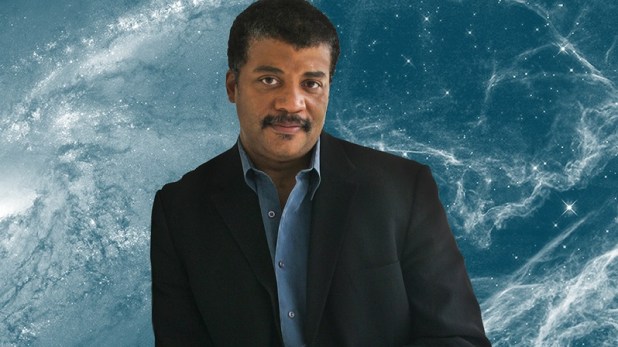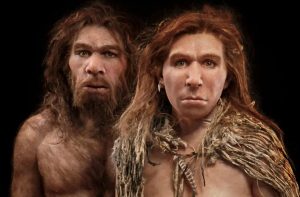Speculating about what aliens look like

Thinking about what aliens might look like has fascinated humans for thousands of years. Luckily, new technology has allowed scientists to make major discoveries as they continue an exciting mission to find extraterrestrial life. Data from the Kepler Space Observatory suggests that in the Milky Way Galaxy alone, there may be over 2 billion planets capable of supporting life. In a discovery on February 22, 2017, astronomers found 7 Earth-size planets 40 light-years away! This is the highest number of Earth-like planets ever found around a single star.
What Neil deGrasse Tyson Says About The Depiction Of Aliens In Pop Culture

In an interesting panel discussion on “The Poetry of Science” at Howard University, famous American astrophysicist Neil deGrasse Tyson gave his honest opinion on aliens in pop culture. He argued that depictions in pop culture are usually anthropomorphized (having the tendency to attribute human traits to non-human life). Like in the movie Star Wars, some aliens are described as having body structures and facial features similar to humans.
Tyson thinks it is quite selfish to assume that life on other planets would actually resemble life on Earth. According to him, the most plausible type of alien character ever depicted in science-fiction was from the 1958 American independent horror film The Blob.
A Paleontologist Has An Entirely Different View Than Tyson

Although Neil deGrasse Tyson is one of the most respected astrophysicist in the field today, one man completely disagrees with his opinion regarding the appearance of alien life.
Professor Simon Conway Morris is a paleontologist at the University of Cambridge. He believes that if extraterrestrial beings do exist, they don’t look like those little green men, or even monster-like. Instead, Morris says they likely resemble humans. The reason for his argument is that life on other planets probably follows a theory called convergent evolution.
In evolutionary biology, the convergent evolution theory is described as unrelated organisms independently evolving similar traits in order to adapt to similar environments. To strengthen his argument, Morris uses the eye as an example. The complex eye is believed to have evolved independently some 50 to 100 times in Earth’s 4.5 billion-year existence. He certainly makes a very fascinating point. Based on the process of convergent evolution, life on Earth-like planets would likely follow similar evolutionary paths to those on Earth.
Some Scientists Say Gravity Plays A Major Role In What Life Looks Like

Based on an episode of the Science Channel’s Through the Wormhole, gravity plays a huge role on how life looks. This suggestion makes sense because after all, life evolves to suit its environment. Before examining this concept, it is important to point out that all forms of life on Earth has evolved under 1 G. Not all planets have the same type of gravity as Earth’s.
On a moon or planet with gravity that’s weaker than Earth’s gravity, macroorganisms would probably look quite tall and thin. They would also likely have appendages in order to function properly. However, life on a moon or planet with gravity that’s 5 times stronger than our own planet, life would likely look entirely different. Aliens would probably be more sluggish. They may be in a squatting position, have flat bodies, thick legs and a strong tail. The reason is because the strong gravity probably wouldn’t allow them to hold up their own weight.
From the description of what alien life could look like on a 5 G planet, life with such a high gravity might actually resemble The Blob Neil deGrasse Tyson was referring to.
Final Words
Perhaps the bigger question may not be whether there is life on other planets, but whether there is “complex” life. There is likely an abundance of simple life forms in the Universe. If advanced aliens exist, they have yet to send a signal that researchers can detect. However, with so many Earth-like planets, it doesn’t make sense to think that advanced life forms only evolved on one planet. So if advanced beings do exist, will we ever find them? As long as humans survive, it is not far-fetched to say that we will eventually develop the technology capable of looking deeper into an Earth-like planet, even if it is many light-years away. If that day ever comes, we may find life and finally be able to see what these beings really look like.
For more theories regarding the appearance of alien life, visit this interesting article from Oddities Bizarre http://odditiesbizarre.com/what-do-aliens-look-like/ . The article provides various concepts including images of what both simple and advanced aliens could look like.
* This post was written and submitted by Kirin Johnson




